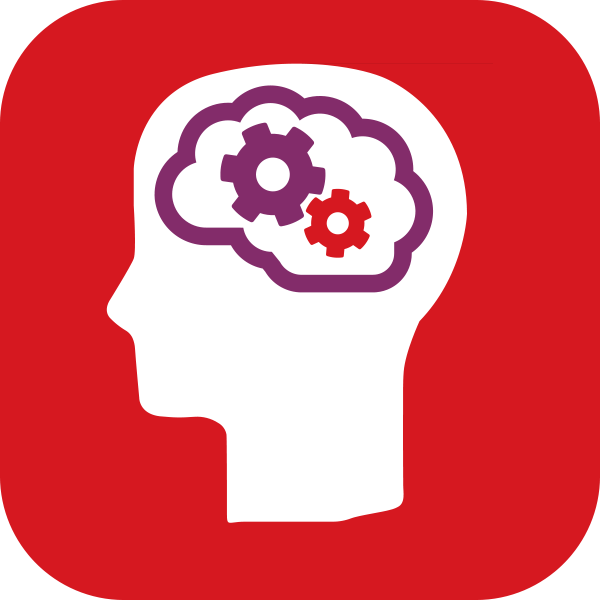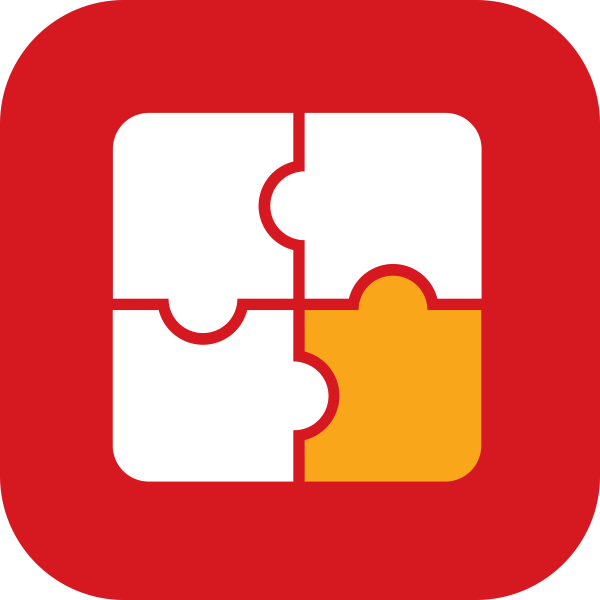“ ”
Understanding student ability
The school already use literacy and numeracy tests to assess each cohort, including their new Year 9 students. The senior leadership team wanted to expand this to include an assessment that would help them to gain a greater insight into their incoming students’ potential. They were also looking for a tool that would help them to assess student wellbeing, to support their pastoral care.
Chris Wood, the school’s Deputy Principal – Teaching & Learning, tells us more: “We had indicators of literacy and numeracy that students took on entry in Year 9, but wanted to find an assessment that would give us a broader picture of the cognitive ability of the students.
“It’s not uncommon in New Zealand for there to be differences in the flow of data on transition, depending on the school that the student is coming from. So particularly as we have around 35 feeder primaries for students joining the school, as well as overseas students, we wanted to make sure that we had a consistent measure that was used across the whole cohort.
“CAT4 was suggested to us and we began using the assessment in November 2020 with those transitioning into the school for the new academic year. We also began using the PASS survey.”
GL Education’s Cognitive Abilities Test (CAT4) is an assessment of developed abilities in four key areas known to make a difference to learning and achievement – verbal, non-verbal, quantitative and spatial reasoning. It immediately provides schools with an accurate analysis of potential student achievement and gives them an understanding of what a child is capable of, as well as identifying students who have the potential to achieve more and those who may need support in certain areas.
The Pupil Attitudes to Self and School (PASS) survey looks at nine attitudinal factors that are proven to be significantly linked to educational goals. The results enable schools to identify, track and monitor the type of teaching and intervention each student requires, to ensure their wellbeing.
Both assessments were taken by students towards the end of Year 8. Chris explains: “We brought all of the kids in for an induction day in the November before they joined us in Year 9. They had a tour of the school, got to meet some of the teachers and then took CAT4 and PASS.
“This meant that we were able to analyse the results before they arrived with us for the new school year and had the data right from day one of them joining the school.”


Starting to implement the data
Chris and the learning support team reviewed the CAT4 online reports and analysis before disseminating out to the wider teaching team. Chris explains: “We used the Group Report for Teachers and then the Individual Reports, particularly looking at the narrative which includes implications for teaching and learning. This allowed us to identify the lower ability students.
“We formed class syndicates, where all of the teachers for one class would get together and discuss the CAT4 and PASS data, alongside the literacy and numeracy data that we also had. This allowed all of the subject teachers to have conversations about the students together and then apply it to their particular subject setting.
“These classroom meetings continue to happen twice a term for each class, with the teachers plus a RTLB (Resource Teacher for Learning and Behaviour) who are experts on strategies and interventions for lower ability students. Our learning support team are also there to help the teachers interpret the data and get the most from it.”
The school really felt the benefit of testing before the students joined them – allowing time for planning and insights to be gained at an early point so appropriate support could be put in place.
Chris explains: “We could start the year on the front foot, knowing which of the students to look out for. In the past, it would have taken a while for the teachers to identify which were the priority students in their class who might need additional learning support. Half a term might have gone by before we had some solid data on what students were capable of – and even then it would only cover literacy and numeracy. With CAT4 we can now hit the ground running.”
Building teacher confidence with the data
As the school is coming to the end of their first year of using CAT4, the team are still embedding the assessments and ensuring teachers are optimising their use. They have already seen a real benefit, though, from being able to quickly assess needs and rapidly bring in the learning support team.
Chris explains: “This year has very much been about the speed at which we know who the target students are – and being able to start the interventions process quickly. We can bring in our RTLB and learning support team really early on and work with them on strategies for our lower ability learners.
We have a referral process that supports those students who might need funding for additional support, for example for a teacher aid. Teachers need to submit a form summarising what the learning issue is, with some evidence. The CAT4 data has allowed us to signal this process much earlier, so the turnaround time for getting help for that student is quicker.”
“ ”

Chris also runs the school’s professional development programmes and the CAT4 and PASS data have been integrated into this process.
He explains: “Each class has a differentiation tool to work through, which starts with highlighting the students and then looking at their specific needs, with the various data we hold. Teachers together will then identify some strategies and interventions for those particular students.
“We have an ethos here in the school of an enquiry mindset. As part of our performance management, the teachers have to enquire into a classroom issue. Every teacher has a growth coach from within the wider teaching team, and so they work through the issue with their coach, looking at the CAT4 data to draw out the issues and work on strategies for supporting them. The teacher will have until the start of the new school year in February to close that enquiry cycle.
“We also bring the data into our student conferences. Each student has a learning coach who they meet with twice a week, and then with the parents once a term. We’ve used the data and reports to inform these conversations.”
Using PASS data to stop issues ‘falling through the cracks’
With the data from the PASS survey, the team have been using it to inform classroom and pastoral input. Chris explains: “When we looked at the data from the first PASS tests, we found that generally the students were feeling quite positive. Using the RAG colour-coding though, it was easy to see at a glance where any problems may lie.
“We found quite a number of red flags in the learner self-regard column. This measure is equivalent to self-worth and has a strong correlation with achievement. We could then unpack this when we speak to the student in their student conference.
“It’s the ‘fall through the cracks’ students that PASS is great in identifying. They may seem happy, arrive on time, their uniform is perfect, but there may be underlying issues. This will be signalled into the learning coaches and pulled in to the weekly conferences. We also have a wellbeing register, so any student that we feel is struggling with their wellbeing will be highlighted there."
The school will use the PASS survey with their Year 9s again in November – which will allow them to assess any changes since last year, and inform things as they move into the next year group.
“ ”

Next steps
The school are already planning on how to build on this first year, with a variety of initiatives being planned to make further use of the data.
Chris explains: “I feel that we are still in the early stages of what we can achieve by using the assessments, and that we’ve just scratched the surface of what we can gain going forwards.
“Next year we’re planning a range of new activity to expand how we’re using the data, digging into the batteries further. For example, we might look at how we could use the quantitative score to look at the students’ computational and sequential thinking. We want to explore how we can use this across the curriculum, for example for teaching science or English.
“We also want to look at capacity building – being able to build up a repertoire of interventions that could work for, say, a quantitative-biased learner so we can have these on hand immediately when needed.
“We are planning more professional learning for the staff about what each of the results mean. We’ll work on developing their knowledge about each battery, and the implications, to improve our capacity to identify and respond to the strengths, needs and aspirations of our students.
“We are looking to make better use of the Summary Report for senior leaders. This shows a high-level analysis of each cohort and will help with seeing where additional resources might be needed, and budget planning.
“For the future we’d also like to begin overlaying the PASS data with the CAT4 data. This can help us to compare, for example, students’ PASS scores for learner self-regard with their CAT4 mean score – allowing us to see those ‘fragile learners’. Things like this will help us to bring the data alive.”
In conclusion
“CAT4 is a great new tool that has given us insights into more about each student than just their ability in literacy and numeracy. It gets you asking more questions about the students – how they learn, what’s going on for them – which the teacher can then enquire into to inform their planning and teaching.
“PASS has really supported our pastoral activity – helping us to identify those students who may need wellbeing support and stopping anyone falling through the cracks.”



